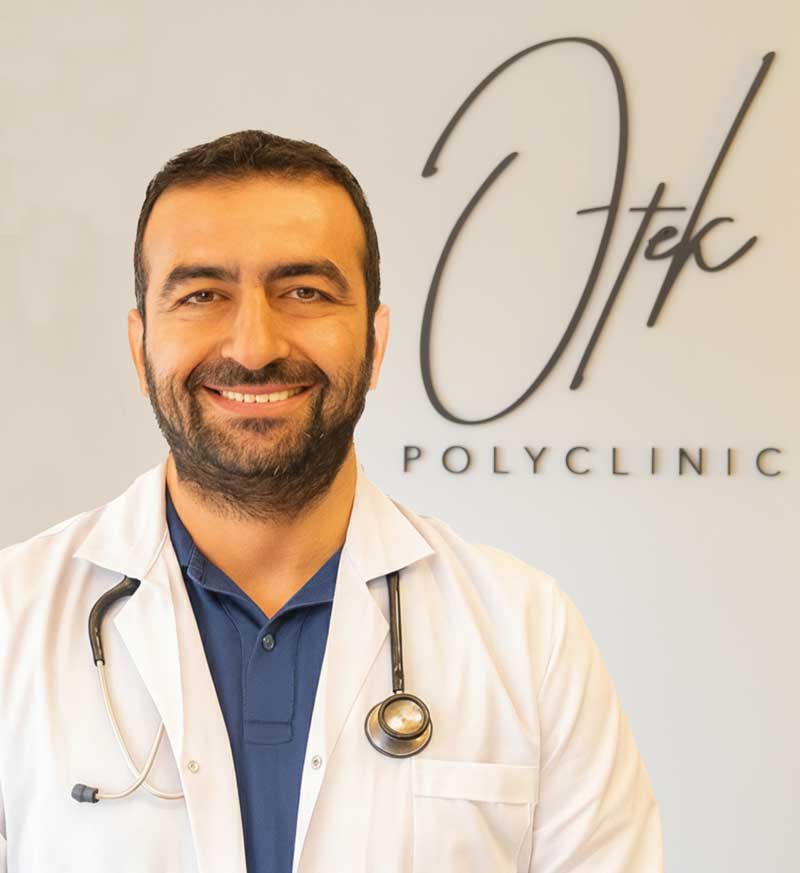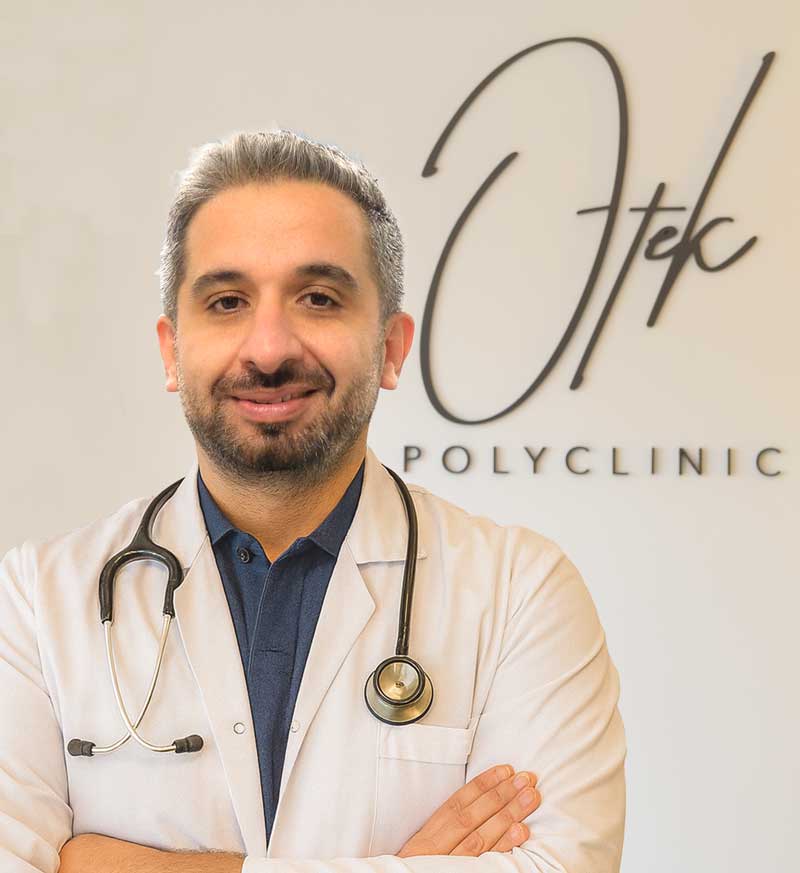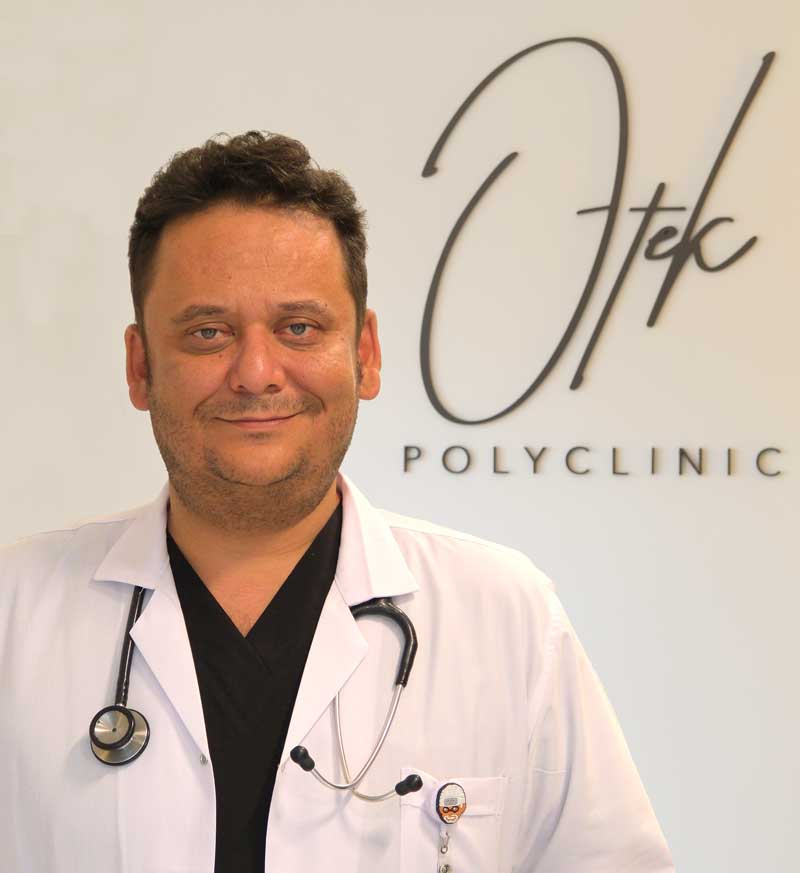At OTEK Hair Clinic, we believe that healthy, beautiful hair is essential to feeling confident and empowered. Our mission is to provide our clients with the highest quality hair restoration services and personalized care, so they can look and feel their best.
Led by Dr. Ertan Karaçay and Dr. Okan Tanın, renowned hair transplant specialists, our team brings years of experience and expertise to every procedure. We use state-of-the-art technology and techniques to achieve natural-looking results that enhance our clients’ appearance and self-esteem.
OTEK Hair Clinic
Experienced Physician
Personalized Treatment
Quality and Safety
Immediate Service
Get to know us
Meet with OTEK Clinic Doctors

Dr. Ertan Karaçay
Medical Doctor
Co-Founder

Dr. Mani Habibi
Medical Doctor
Co-Founder

Dr. Okan Tanin
Medical Doctor
Co-Founder
FAQ
We Are Here To Help You With Any Questions You May Have
Many factors cause hair loss. The main being hereditary hair loss. The genetic predisposition for men and women.
When performed correctly by a skilled and experienced surgeon, hair transplants can look very natural. Advances in hair transplant techniques, such as direct hair implantation (DHI) and follicular unit extraction (FUE), have made it possible to create natural-looking results that are virtually indistinguishable from the surrounding hair. However, the success of a hair transplant also depends on factors such as the amount and quality of available donor hair, the skill of the surgeon, and the patient’s individual characteristics. It is important to do thorough research and choose a reputable and experienced hair transplant surgeon to ensure the best possible outcome.
Follicular units are the basis of a modern hair transplant. Follicular unit groups range from one to up to five hairs. A transplant involves moving healthy follicular units. To repopulate areas of hair loss.
Short term there is mild scabbing. With washing they go relatively quickly. Over time the transplanted hairs begin to grow and mature. Over the months more hair grows.
Bandages are kept to a minimum. As a result not routinely used. That said, a light dressing may be used. At least for the first night.
Often patients return to work within days. Although some wish to take more time. Sometimes a haircut can hide the hair transplant. Depending on the procedure. Hats can be worn after surgery. Helping to protect from sunburn or damage.

